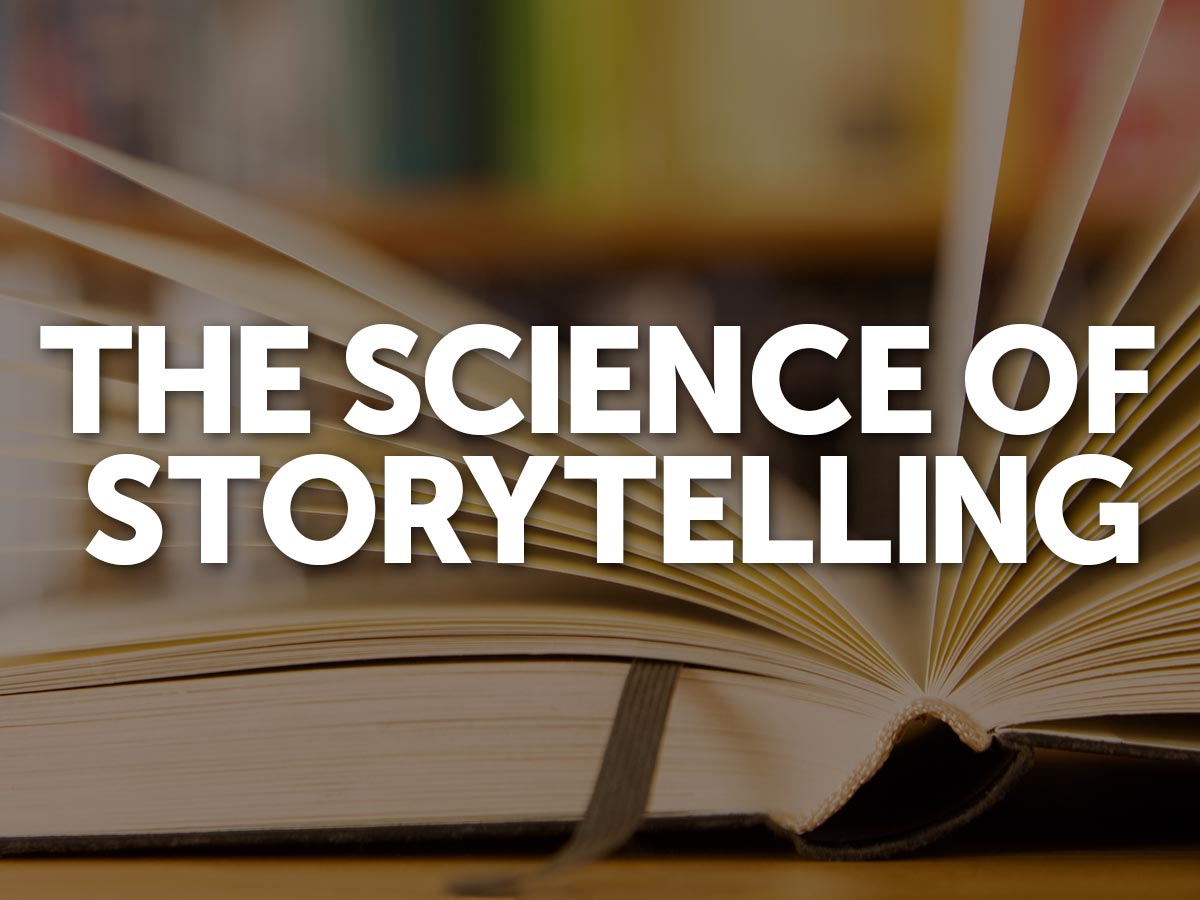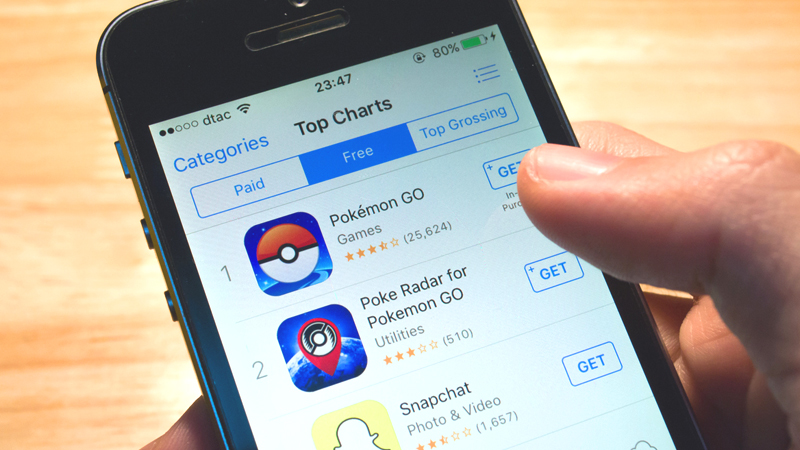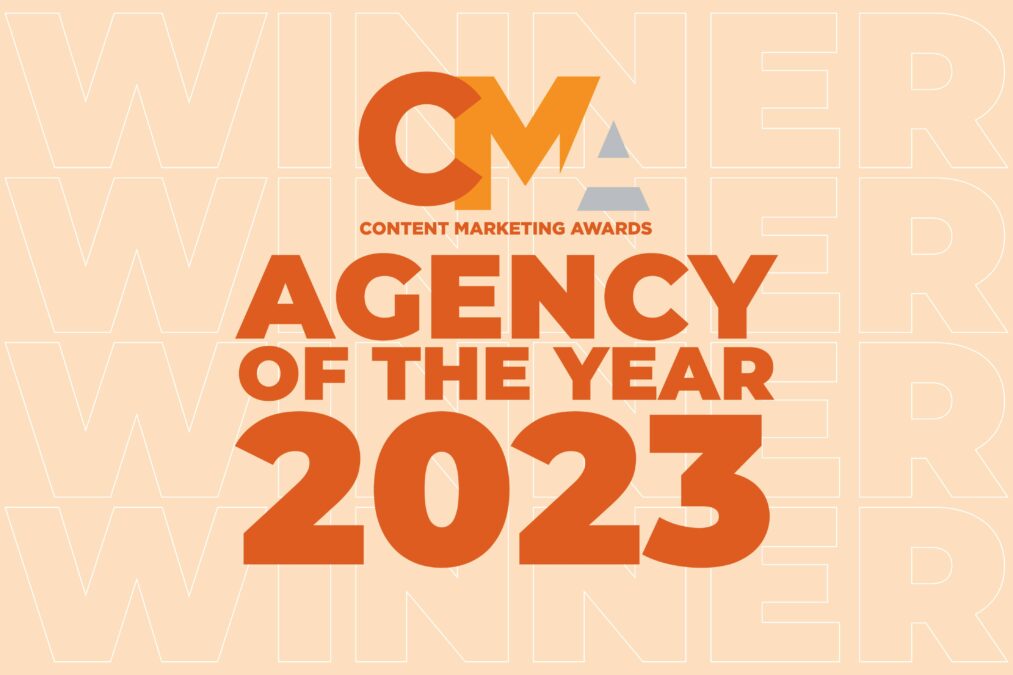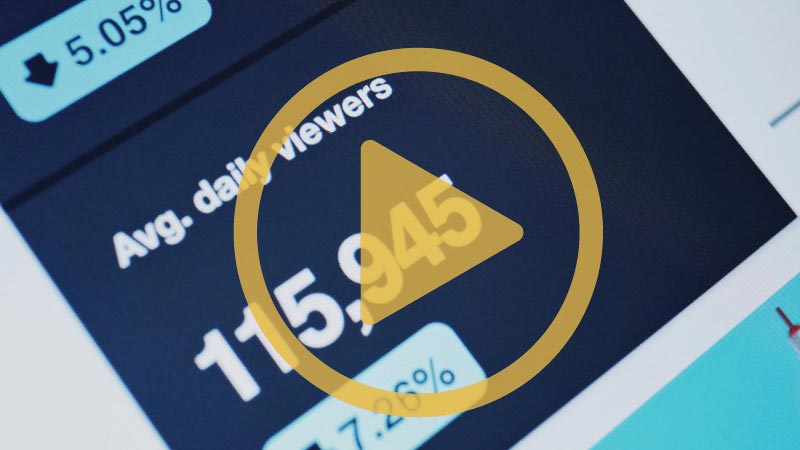For marketers and brands, that question is vital. Indeed, in this AdWeek article, the writer posits that as “content marketing continues to grow, quality becomes more important than quantity.”
This idea isn’t new; in fact, at Pace, we’ve been saying it for years. We believe that creative and performance come together to produce first-rate, impactful content.
So how do we define quality then? What does make a story good? To find out, I spoke to two of Pace’s sharpest minds, from two very different fields: Cinnamon Pritchard, Vice President, Executive Creative Director, and Adam Braxton, Vice President of Strategic Insight.
Hooking an Audience
For Cinnamon, storytelling all starts with a simple question: What’s the point? “A good story has to matter,” she says. “The most amazing creative is ineffective if it doesn’t make a point.”
A good storyteller, Cinnamon says, will have that answer from the beginning. “You study your audience, find the white space that needs to be filled, and figure out the behavior you want the audience to take after they consume the content. You have to figure out what problem you’re solving or insight you’re hitting. You have to ask, ‘why do they care?’”
Data is a Story
“You wouldn’t want to read just the first and last chapters of a book,” says Adam. “You lose all the context, and the true heart of what the story is about.” In his role, Adam knows that having all the information is essential, both in how you create a story and how you tell it.
He and his team examine data about different pieces of content—different stories—and look for insights into why some pieces perform better than others. By studying the patterns and trends that reveal themselves in the data, they’re able to construct a new story about what visitors are doing, how they’re engaging with the content and what actions they’re taking.
“The best data tells you how the audience reacted to what you did,” Adam says. “The question you want to ask then is ‘what do we do with the data?’ Storytellers need to know how their stories are performing, so they can work on crafting better content.”
Bringing it Together
Once you have all the information, the rest of the pieces can begin to fall into place. Analytic data informs what audiences are looking for, and the story itself dictates the execution and the medium. Art and edit should work together seamlessly to ensure maximum impact for the audience. Combined, you’ll have a piece that will hook audiences from the beginning, and deliver a message they take with them.
Cinnamon’s and Adam’s approaches work hand-in-hand. The narratives Adam is able to create from data can help answer the question that Cinnamon asks as a jumping-off point for all creative decisions. They may have different perspectives and areas of expertise, but working together, they can achieve big things. Just like in a good story.



